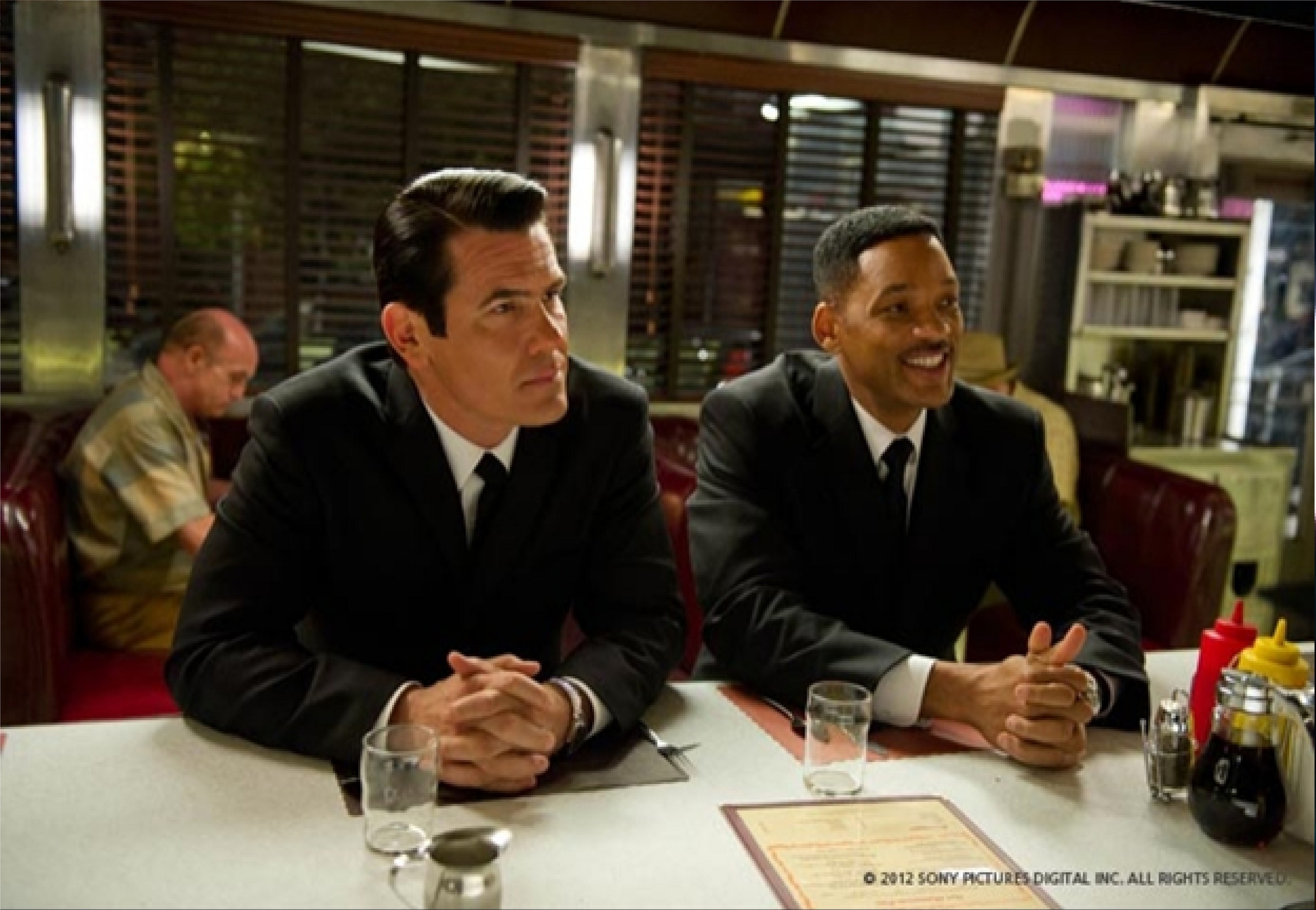Interpretations and Symbolism: Men In Black Chair Scene

The Men in Black chair scene, seemingly simple, holds a wealth of symbolic weight, reflecting power dynamics and the characters’ positions within the larger narrative. The seemingly mundane object becomes a stage for a complex interplay of control and vulnerability, subtly revealing much about the characters and the world they inhabit. Analyzing the chair’s symbolism and the power dynamics at play unveils deeper layers of meaning within the scene.
The Chair’s Multiple Meanings
The chair itself can be interpreted in several ways. Firstly, it represents authority and institutional power. Its placement within the seemingly sterile, yet imposing, MIB headquarters immediately establishes it as a position of control. The very act of Agent K sitting in it, and Agent J being questioned before it, underscores this hierarchical structure. Secondly, the chair acts as a neutral space, a locus of interrogation and judgment. It is a place where truth is sought, secrets are revealed, and destinies are shaped. Finally, the chair can be seen as a symbol of the weight of responsibility. The burden of knowledge and the constant threat of extraterrestrial encounters weigh heavily on those who occupy this seat, as seen in Agent K’s weary demeanor.
Power Dynamics in the Scene
The scene’s power dynamics are clearly defined. Agent K, seated in the chair, holds the upper hand, embodying the established authority of the Men in Black organization. His posture, his measured responses, and his control of the information flow all contribute to this image of authority. Agent J, on the other hand, is in a subordinate position, his youthful inexperience and initial skepticism palpable. The scene carefully balances this power imbalance with Agent J’s growing confidence and eventual acceptance of the extraordinary reality presented to him. This dynamic shift, subtle yet effective, is crucial to the scene’s overall impact. The power isn’t static; it’s a negotiation, a delicate dance between established authority and burgeoning potential.
Alternative Scene: A Shift in Control
In an alternative scene, Agent J, instead of being a passive recipient of information, actively challenges Agent K’s authority. The interrogation becomes a more balanced exchange, with Agent J questioning K’s methods and motivations. Perhaps Agent J, having already glimpsed the alien world, presents K with unexpected evidence or a different perspective on a past case. This could lead to K revealing hidden information or even admitting doubt in the MIB’s methods. The scene would culminate not in Agent J’s acceptance of the MIB’s world, but in a questioning of that world, planting seeds of doubt and foreshadowing future conflict within the organization itself. The chair, in this revised scene, becomes a site not of simple authority, but of a struggle for control, a negotiation between old certainties and emerging realities.
